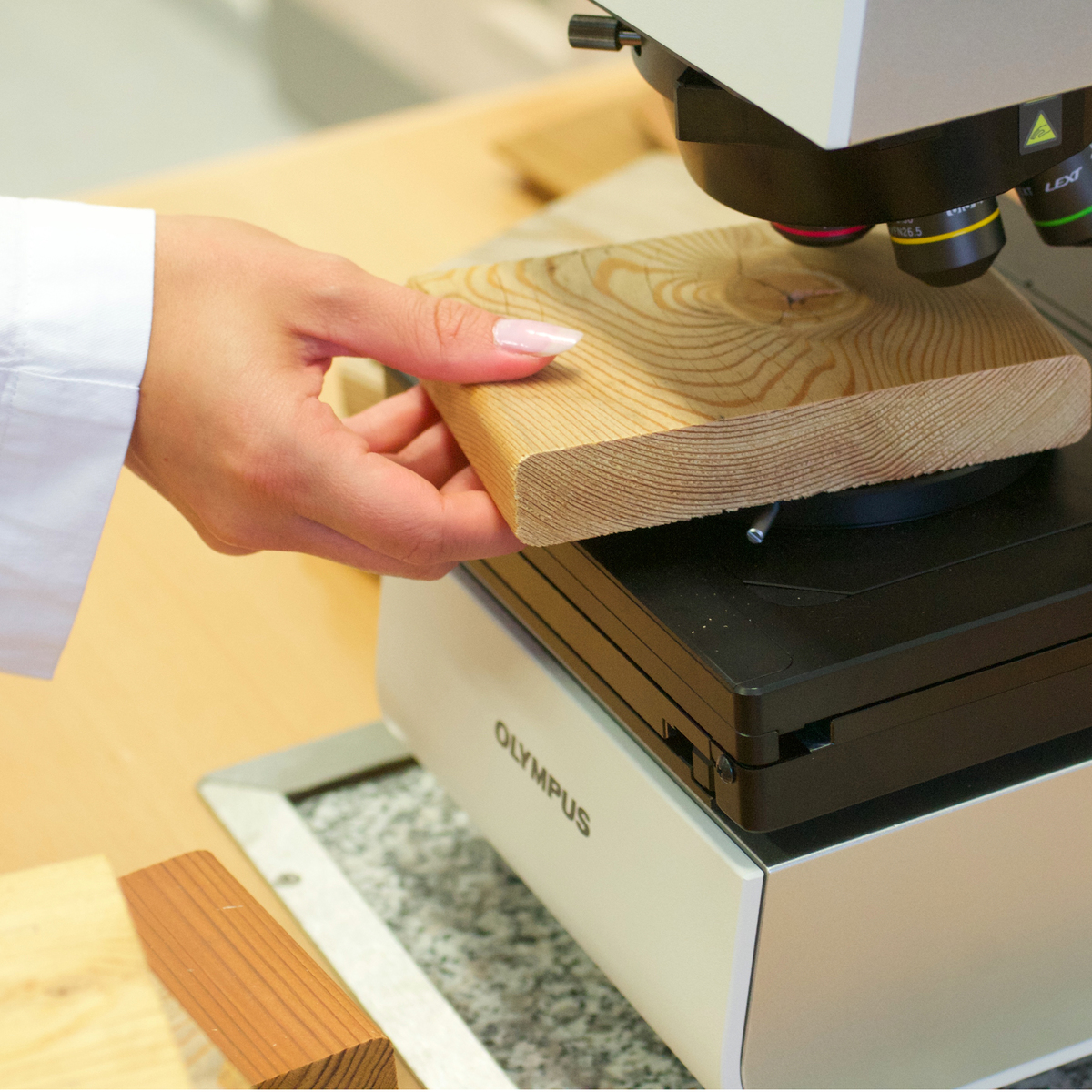Wooden façade and terrace decking react to the weather and its changes. For the proper use of wood in exterior it is necessary to be familiar with the suitable constructional solution, properties of individual wood species, surface treatments and climate conditions in specific location. In the case of respecting these facts during design, the wood degradation affects only the surface of wood and does not cause any structural damages.
The Siberian larch wood and thermally modified pine, In European conditions considered as durable, were selected for the façade cladding and terrace decking at Hout Bay House. Larch has high resistance to climatic factors but without a suitable surface treatment it tends to turn grey and crack. Thermally modified pine wood has been produced by controlled process during which was the wood being exposed to high temperatures in range of 185-215 °C. This material is generally considered to be very durable with regard to given climatic conditions and does not undergo substantial dimensional changes. It is also noted for increased resistance to rotting and cracking. The test samples were prepared, one part of them was left untreated, the other part was treated with 2 layers of natural oil woodstain UV OSMO.
These samples are exposed to weathering in special stands facing north in the inclination of 45° according to European standards. The test samples are cut off from the exposed elements and evaluated on the basis of change of colour, roughness and other visual properties during three years of exposure, monthly in the first year of the research (so far 9 months), then in longer periods. In addition, the degradation process of wooden façade and terrace is also regularly visually evaluated.
Preliminary results: Colour Changes
The results (attached) show a trend when surface treated samples showed significantly lower colour changes during 9 months of outdoor exposure. On the contrary, high colour changes were observed even after 1 month of exposure on the surface of untreated wood (both thermally modified pine and Siberian larch). The total colour difference of thermally modified pine increased during exposure. Regarding the untreated Siberian larch it is possible to observe the trend of large increase in the colour difference after the first month and the drop after other two months. This can be due to the degradation of lignin and extractives caused especially by UV radiation. Thus disturbed photodegradation products are washed out from the wood surface and significantly affect the colour change, the colour turns yellow first, then gradually darkens and turns grey). To summarize the results, the total colour difference of all treated and untreated samples increased with increasing exposure period in natural weathering.
The treated samples showed significantly more stable results than untreated ones after 9 months of weathering, as expected. With the increasing period of weathering untreated samples distinguished by increasing colour and roughness changes. They turned grey even after 4 months of weathering. Nevertheless, longer periods of weathering need further examination to find out which solution is suitable for specific conditions. Therefore, the research aimed at wood degradation of elements exposed to natural weathering at Hout Bay House still continues. In conclusion, wood is a natural material and it behaves accordingly. It is our decision if we accept the fact that untreated wood eventually turns grey and gets typical plastic structure. If we do not, it is necessary to use suitable surface treatment which has to be repeated after several years.
Preliminary research results by Ing. Eliska Oberhofnerova, Czech University of Life Sciences in Prague

